Contents Literacy Play Over 300 Dramatic Play Activities That Teach Pre-Reading Skills Sherrie West & Amy Cox Illustrated by Kathy Dobbs

Gryphon House Lewisville, NC Copyright 2004 Sherrie West and Amy Cox Published by Gryphon House, Inc. PO Box 10, Lewisville, NC 27023 800.638.0928 (toll free); 877.638.7576 (fax) Visit us on the web at www.gryphonhouse.com All rights reserved. No part of this publication except pages noted with permission, may be reproduced, stored in a retrieval system, or transmitted in any form or by any means, electronic, mechanical, photocopying, recording or otherwise, without the prior written permission of the publisher. Printed in the United States of America. Every effort has been made to locate copyright and permission information. p. cm. cm.
ISBN 978-0-87659-292-2 1. Language arts (Early childhood) 2. Play. 3. Early childhood education--Activity programs. 4.
Drama in education. I. Cox, Amy, 1968- II. Title. LB1139.5.L35W37 2004 372.6--dc22 2003020454 Bulk Purchase Gryphon House books are available for special premiums and sales promotions as well as for fund-raising use. Special editions or book excerpts also can be created to specification.
For details, contact the Director of Marketing at Gryphon House. Disclaimer Gryphon House, Inc. and the authors cannot be held responsible for damage, mishap, or injury incurred during the use of or because of activities in this book. Appropriate and reasonable caution and adult supervision of children involved in activities and corresponding to the age and capability of each child involved, is recommended at all times. Do not leave children unattended at any time. Observe safety and caution at all times.
Introduction We wrote this book to help teachers understand that literacy skills can be taught through play. Children learn best through hands-on experiences that are meaningful to them. Often, parents and teachers feel that children are only learning when they are doing worksheets or practicing their alphabet. Emergent literacy is more than drill and practiceit is not just teaching children the letters of the alphabet. Literacy is a developmental process, it is understanding concepts and applying them to the world. When children are engaged in group activities that expose them to both oral and written language, they learn to read and write naturally.
Concepts become real, rather than arbitrary. Because the ideas and concepts are familiar to them they are no longer abstract. Dramatic play can be a place where children engage in, practice, and apply literacy concepts. By putting children in an enriched literacy environment, they can practice, experiment, and explore oral and written language. Dramatic play and literacy go hand in hand with activities that address the needs, skills, and interests of the children in your classroom. The activities in this book are designed to give children opportunities to discover literacy concepts in a natural environment or setting.
As children engage in dramatic play, they use print in a meaningful way. Children see adults making lists, writing checks, reading the newspaper, following instructions, and writing notes. Teachers can use this medium to teach children literacy in their classrooms by surrounding children with environmental print, books, signs, messages, lists, notes, and so on. In dramatic play children interact with these kinds of props. They also use oral language to communicate their needs and ideas to peers. As a teacher, you can create an environment that supports literacy through dramatic play.
There are several different components of literacy: oral language, written language, understanding print, phonological awareness, reading comprehension, and book appreciation. These components are used interactively and support each other. They do not always follow a sequential order. All of these components develop simultaneously and work together to create emergent readers and writers. Oral Language Continuum (the first four listed occur from one to three years of age) making sounds (Da, Da; Ma, Ma; Wa, Wa) saying simple meaningful words (Mama, Dada, no, more) using two-word sentences (me drink, me want) using three-word sentences (me want more) using short complete sentences (I want a drink) stopping to listen sharing information taking turns talking carrying on a purposeful conversation writing oral language Writing Continuum circular scribbles horizontal scribbles separate scribble marks separate marks with beginning forms letter-like forms and letters letters 2003 Heads Up! Reading, National Head Start Association Print Awareness Continuum print is different than pictures print conveys meaning print has practical uses letter knowledge words are separated by spaces words are made up of letters capitalization punctuation adapted from 2003 Heads Up! Reading, National Head Start Association Phonological Awareness Continuum Discriminative listening is the foundation that moves children into Phonological Awareness Continuum. rhyming alliteration sentence segmentation syllable blending and segmenting onset-rhyme blending and segmenting phoneme blending, segmenting and manipulation Texas Center for Reading and Language Arts Reading Comprehension attending to pictures learning new words and meanings sequencing events questions and answers retelling stories Book Appreciation book handling skills sharing of books with others love of reading and books motivation to read because of love of books How to Use This Book This book is divided into eight chapters: occupations, home, nature, science, stores, transportation, performers, and literary.
Within each chapter, there are a variety of sections that focus on different dramatic play areas. Each dramatic play area has the following components: literacy application, literacy objectives, spotlight words, materials, props, setting up, open-ended questions, making books, extension activities, and literacy resources, which includes songs, poems, and fingerplays, and a book list. Literacy Application This section is designed to help teachers understand how to teach different literacy concepts more effectively and assess where children are on the literacy continua. It explains the importance of teaching literacy in appropriate ways. Literacy Objectives Objectives can be long-term or short-term goals. Short-term goals, which are generated from long-term goals, give direction to daily teaching.
They should be specific to the individuals in your class. The objectives for each activity in this book are goals we believe can be met through that specific activity. When doing an activity, you can focus on one, two, or more of the suggested objectives. However, if none of the suggested objectives are appropriate for you, change them to fit the needs of the children in your care. As you incorporate the objectives into your lesson plans, make sure they are measurable and can be met. The only way a teacher knows whether an objective has been met or a child has learned something is through evaluating and comparing what the child already knew with what the child now knows.
The teacher knows if the activity is effective if she or he can see a changed outcome in the childs behavior through observation. Evaluation is critical. If the desired objective is not met and does not enhance the childs development, reassess the childs needs and make new short-term goals. If you do not meet your long-term goals, then develop different short-term goals or consider the possibility that what you want the children to learn is not appropriate for their developmental sequence. Activities should reflect the needs, skills, and interests of the children in your classroom. Spotlight Words These are vocabulary words that relate to the dramatic play focus.


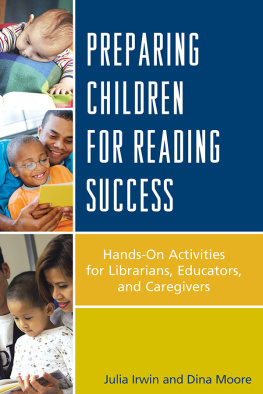

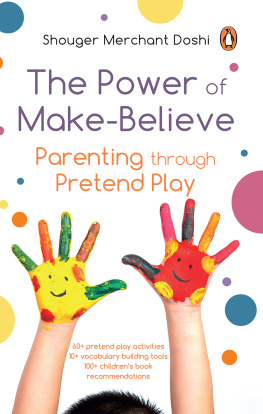
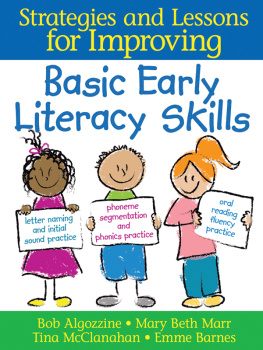
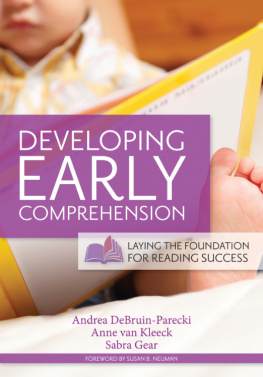
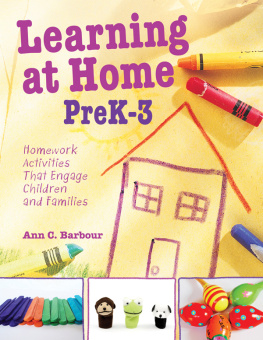
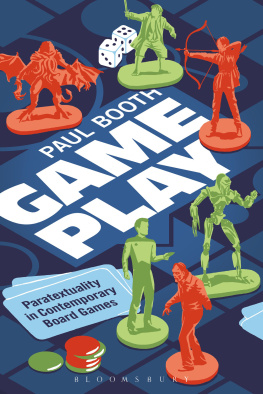
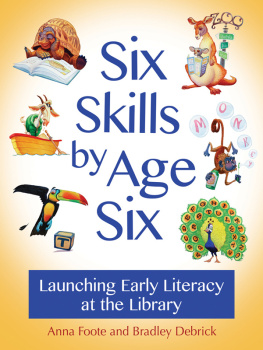

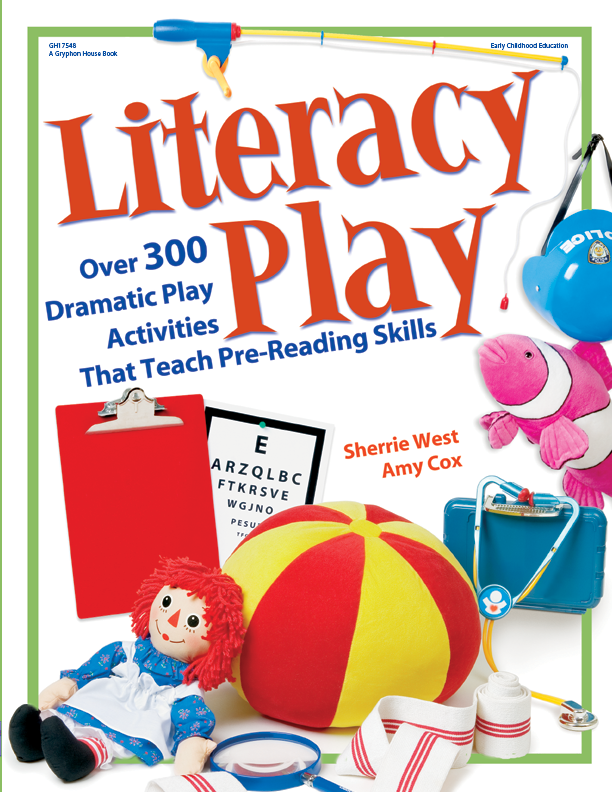
 Gryphon House Lewisville, NC Copyright 2004 Sherrie West and Amy Cox Published by Gryphon House, Inc. PO Box 10, Lewisville, NC 27023 800.638.0928 (toll free); 877.638.7576 (fax) Visit us on the web at www.gryphonhouse.com All rights reserved. No part of this publication except pages noted with permission, may be reproduced, stored in a retrieval system, or transmitted in any form or by any means, electronic, mechanical, photocopying, recording or otherwise, without the prior written permission of the publisher. Printed in the United States of America. Every effort has been made to locate copyright and permission information. p. cm. cm.
Gryphon House Lewisville, NC Copyright 2004 Sherrie West and Amy Cox Published by Gryphon House, Inc. PO Box 10, Lewisville, NC 27023 800.638.0928 (toll free); 877.638.7576 (fax) Visit us on the web at www.gryphonhouse.com All rights reserved. No part of this publication except pages noted with permission, may be reproduced, stored in a retrieval system, or transmitted in any form or by any means, electronic, mechanical, photocopying, recording or otherwise, without the prior written permission of the publisher. Printed in the United States of America. Every effort has been made to locate copyright and permission information. p. cm. cm.